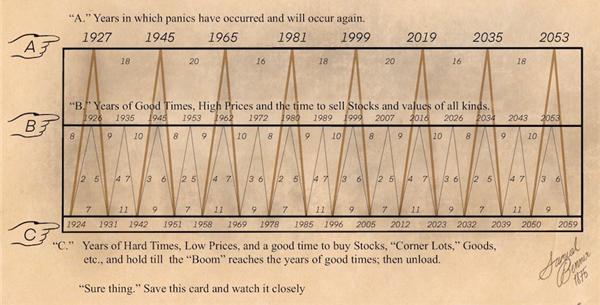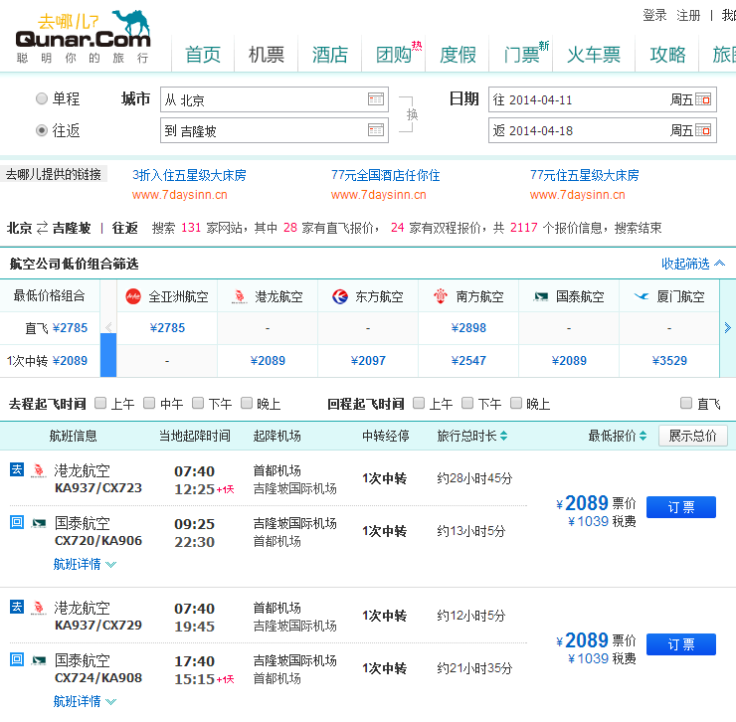When Professionals Sell, Individuals Buy: Understanding Market Swings

Table of Contents
Identifying Signs of Professional Selling
Understanding when professionals are selling requires a multi-faceted approach, combining analysis of institutional investor activity, market sentiment, and key economic indicators.
Analyzing Institutional Investor Activity
Institutional investors, such as hedge funds, mutual funds, and pension funds, manage significant sums of money. Their trading activity often provides valuable insights into market trends. Analyzing their behavior can offer clues about impending market movements.
- Examining SEC filings (13F forms): These filings reveal the equity holdings of institutional investment managers with over $100 million in assets under management. By tracking changes in these holdings, you can identify shifts in their investment strategies.
- Monitoring large block trades: Large block trades, involving a significant number of shares, often indicate institutional selling or buying. Monitoring these trades can provide early warning signals of potential market shifts.
- Analyzing mutual fund holdings: Regularly reviewing the holdings of major mutual funds can reveal changes in their sector allocations and overall market exposure. A shift towards more conservative holdings might signal concern about the market's future direction.
- Paying attention to insider selling: While not always indicative of an impending market downturn, a significant increase in insider selling (selling by company executives or directors) can raise red flags and warrant further investigation.
Accessing and interpreting these data sources requires some research. Websites like the SEC's EDGAR database provide access to 13F filings. Financial news sources and specialized investment platforms often track large block trades. Remember, however, relying solely on institutional activity is insufficient; a holistic approach is crucial.
Recognizing Market Sentiment Shifts
Market sentiment, or the overall feeling of investors about the market, is another crucial indicator. Shifts in sentiment often precede changes in professional selling behavior.
- Tracking market indices (Dow Jones, S&P 500, Nasdaq): Significant drops or prolonged periods of sideways trading in major market indices can reflect growing uncertainty and potential selling pressure.
- Analyzing investor confidence indices: Various indices track investor confidence, providing a gauge of overall market sentiment. Declining confidence often suggests increased risk aversion and potential for selling.
- Monitoring news coverage and analyst opinions: Pay close attention to news articles, analyst reports, and financial media commentary. A consistently negative or cautious tone can indicate a shift in professional sentiment.
Understanding the concept of "herd behavior" is also critical. When investors, both professional and individual, follow the actions of others, it can amplify market movements. Recognizing herd behavior can help you anticipate potential shifts in market direction.
Interpreting Economic Indicators
Macroeconomic indicators play a significant role in influencing professional investment decisions. Monitoring these indicators can provide context for understanding selling pressure.
- Monitoring inflation rates: High inflation erodes purchasing power and can prompt central banks to raise interest rates, potentially slowing economic growth and impacting market valuations.
- Interest rate changes: Interest rate hikes can increase borrowing costs for businesses and consumers, slowing economic activity and potentially leading to selling pressure.
- Employment data: Rising unemployment rates often indicate weakening economic conditions, which can lead to market declines and professional selling.
- GDP growth: A significant slowdown or contraction in GDP growth suggests a weakening economy, which might trigger selling by professional investors.
By carefully analyzing these macroeconomic factors, you can gain a better understanding of the broader economic environment and its potential influence on market trends.
Strategies for Individuals During Market Swings
While observing professional selling can provide insights, it's crucial to have a well-defined investment strategy.
Dollar-Cost Averaging (DCA)
Dollar-cost averaging (DCA) is a strategy where you invest a fixed amount of money at regular intervals, regardless of market fluctuations.
- Explain DCA strategy: Invest a fixed sum at regular intervals (e.g., monthly). This reduces the impact of market timing.
- Benefits of consistent investing: Reduces emotional decision-making. Averages out purchase price over time.
- Mitigation of risk: Reduces the risk of investing a lump sum at a market peak.
DCA is a particularly effective strategy during volatile periods, as it helps mitigate the risk of buying high and selling low.
Value Investing
Value investing involves identifying undervalued assets based on fundamental analysis.
- Identifying undervalued assets: Look for companies with strong fundamentals but depressed stock prices.
- Fundamental analysis: Analyze financial statements, industry trends, and management quality.
- Long-term perspective: Value investing requires patience, as undervalued assets may take time to appreciate.
Value investing allows you to capitalize on situations where professional selling might have driven down prices below intrinsic value.
Risk Management and Diversification
Effective risk management is crucial during market swings.
- Portfolio diversification: Spread investments across different asset classes (stocks, bonds, real estate, etc.) and sectors.
- Asset allocation: Allocate assets based on your risk tolerance and investment goals.
- Stop-loss orders: Set stop-loss orders to limit potential losses on individual investments.
Never invest more than you can afford to lose. Diversification and risk management are crucial aspects of any successful investment strategy.
Understanding the Risks
While observing professional selling can offer insights, it's essential to acknowledge the challenges and risks.
Market Timing Challenges
Predicting market bottoms with precision is incredibly difficult.
- Difficulty in predicting market bottoms: Market timing is notoriously challenging; even professionals struggle to consistently predict market lows.
- Emotional decision-making: Fear and greed can lead to impulsive decisions, undermining investment strategies.
- Potential for losses: Incorrect market timing can lead to significant financial losses.
Long-term investment strategies are often more effective than trying to time the market perfectly.
Information Asymmetry
Professional investors often have access to better information and resources than individual investors.
- Professional investors often have access to better information: Sophisticated research tools, proprietary data, and extensive networks give professionals an advantage.
- Inherent advantages: Larger capital allows professionals to take advantage of short-term opportunities that might be inaccessible to individuals.
This information asymmetry means that individual investors must rely on publicly available information and diligent research.
Conclusion
Observing professional selling activity can provide valuable insights into market trends and potential opportunities. However, it's not a foolproof predictor of future market movements. Successful navigation of market swings requires a combination of careful analysis of market indicators, a well-defined investment strategy (incorporating approaches like dollar-cost averaging and value investing), robust risk management, and a long-term perspective. Individuals should focus on understanding the dynamics of market swings, rather than trying to predict them perfectly. By combining diligent research with disciplined investing practices, individuals can significantly enhance their chances of capitalizing on opportunities during periods of market volatility.
Call to Action: Understanding "when professionals sell, individuals buy" requires diligent research and a well-defined investment plan. Learn more about navigating market swings and developing a robust investment strategy by exploring our resources and expert advice on [link to relevant resources]. Don't let market volatility dictate your financial future; learn to understand and capitalize on market swings today!

Featured Posts
-
 Is This Red Sox Outfielder The Next Jarren Duran Predicting A Breakout Season
Apr 28, 2025
Is This Red Sox Outfielder The Next Jarren Duran Predicting A Breakout Season
Apr 28, 2025 -
 Boston Red Sox Vs Toronto Blue Jays Starting Lineups And Key Player Updates
Apr 28, 2025
Boston Red Sox Vs Toronto Blue Jays Starting Lineups And Key Player Updates
Apr 28, 2025 -
 The Us Economy And The Canadian Travel Boycott A Posthaste Analysis
Apr 28, 2025
The Us Economy And The Canadian Travel Boycott A Posthaste Analysis
Apr 28, 2025 -
 Experience Abu Dhabi 10 Gb Sim And 15 Savings On Top Attractions
Apr 28, 2025
Experience Abu Dhabi 10 Gb Sim And 15 Savings On Top Attractions
Apr 28, 2025 -
 Espns Moving Tribute To Departing Host Cassidy Hubbarth
Apr 28, 2025
Espns Moving Tribute To Departing Host Cassidy Hubbarth
Apr 28, 2025
